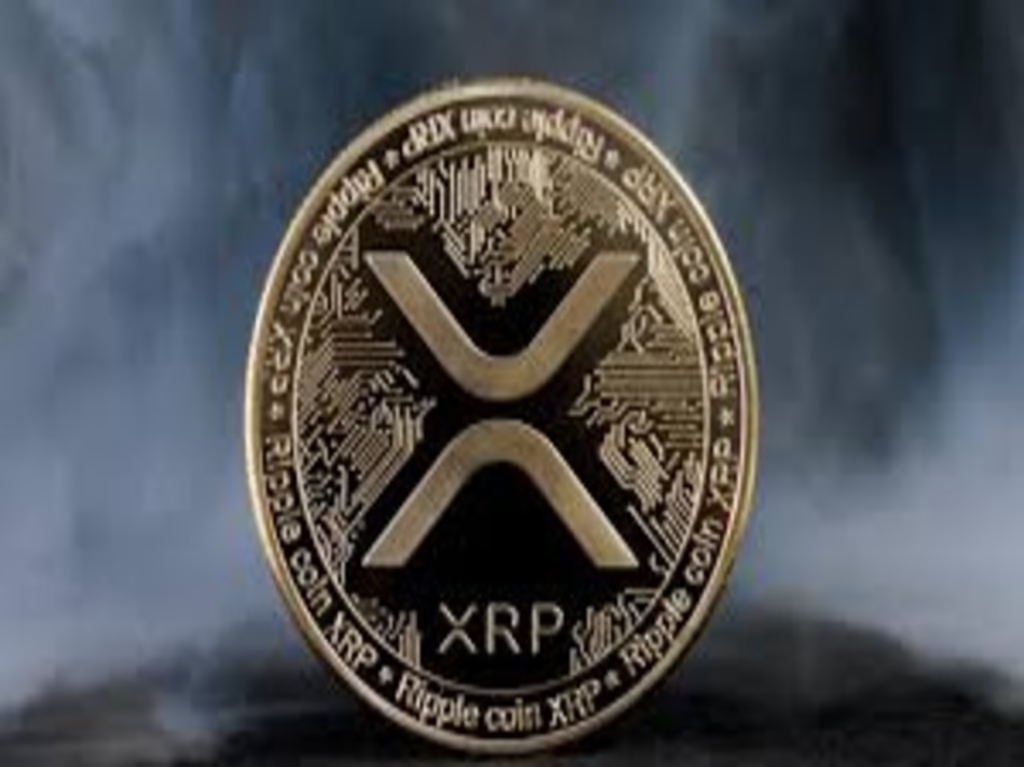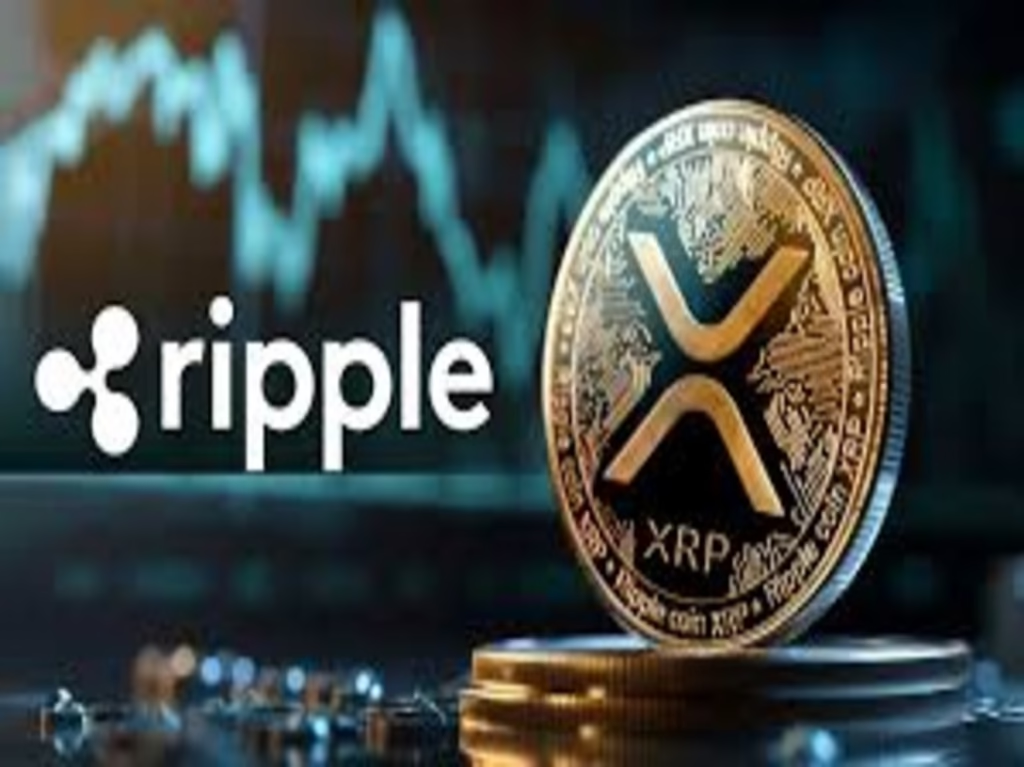XRP/ BTC breaks out above 8-year resistance. Bitcoin experienced a significant price drop throughout much of the previous week, declining nearly 10% from January 7 to January 14. This downturn was reflected in the performance of altcoins, with Ethereum, Solana, and Dogecoin all suffering losses comparable to or exceeding that of Bitcoin, the most established and valuable cryptocurrency.
This decline was partially influenced by a jobs report released on Friday that exceeded expectations, suggesting that the Federal Reserve might postpone or lessen future interest rate cuts. Digital assets are typically categorized as “risk-on” investments, which means they are perceived as adding risk to an investment portfolio. Generally, when interest rates decrease, investors are more inclined to embrace risk; conversely, rising rates tend to deter such investments. With fewer interest rate cuts anticipated, risk-on assets like cryptocurrencies faced downward pressure.
However, in contrast to the broader market trends, XRP (XRP 7.56%) recorded a gain of 3.7% since January 7. It is worth examining the reasons behind this performance and considering the potential of XRP as a wealth-generating asset.
A significant deadline approaches.
In 2020, Ripple, the parent company of XRP, faced a lawsuit from the Securities and Exchange Commission (SEC). The regulator alleged that Ripple had sold XRP as an unregistered security, which is a serious violation. In August 2024, a court largely sided with Ripple, imposing a $125 million fine, a substantial reduction from the SEC’s initial demand of $2 billion.
What is the current significance of this situation? The SEC filed an appeal against the ruling in October but is required to submit its evidence for the appeal to proceed. The deadline for this submission is today. Typically, one would expect the SEC to meet this deadline without issue. However, the agency is experiencing a significant leadership transition due to Donald Trump’s election.
Current chair Gary Gensler is set to resign. Gensler has not been particularly favorable towards XRP or the cryptocurrency sector in general, but Trump’s anticipated appointee, Pail Atkins, is expected to adopt a different approach. Investors seem to believe that the SEC may not pursue its appeal further, given the impending change in leadership and overall strategy.
XRP faces a valuation challenge.
While the SEC’s failure to continue its appeal by the end of today could potentially result in a short-term increase in value, I remain skeptical about XRP’s long-term worth. This skepticism arises from the apparent disconnect between the market’s current valuation of the token and its realistic utility in the real world.
XRP aims to revolutionize the banking sector by significantly lowering transaction costs and enhancing the speed of transfers between financial institutions. In 2023, traditional systems incurred $193 billion in fees, a statistic often referenced by advocates to highlight the substantial potential for XRP. While this figure is striking, it can be misleading.
The cost of XRP transactions is inherently low, far surpassing the expenses associated with the legacy systems it seeks to replace. Even if XRP were to dominate the market entirely, the fees generated would still be several magnitudes less than the current $193 billion spent on traditional systems. This perspective casts doubt on the current market capitalization of XRP, which stands at $150 billion, suggesting a disconnect from reality.

The central inquiry
Let us entertain the possibility that my assessment is incorrect. Suppose XRP manages to achieve significant growth. Could it attain the status of a millionaire-maker? For the sake of this discussion, we will define this as transforming a $10,000 investment into $1 million over 30 years. However, it is important to note that $1 million in 30 years equates to approximately $300,000 in today’s terms. To truly qualify as a millionaire-maker by contemporary standards, the investment would need to grow to $3.3 million, which is a formidable challenge.
This scenario necessitates a return of 33,000% over 30 years, translating to an annual growth rate of 21.3%, which is more than double the historical average of the stock market. If XRP were to achieve such growth, by 2065, its market capitalization could reach $48 trillion, equivalent to the combined value of the ten largest banks (assuming a favorable annual growth rate of 10%). Do you believe XRP could attain a valuation on par with the market caps of the ten largest banks globally?
In light of this analysis, I would not categorize XRP as a millionaire-maker. Furthermore, given its current valuation, I would not endorse it as a viable investment at this time. For those interested in cryptocurrency investments, Bitcoin may present a more prudent option.
You may also like
Career opportunities in emerging technologies



